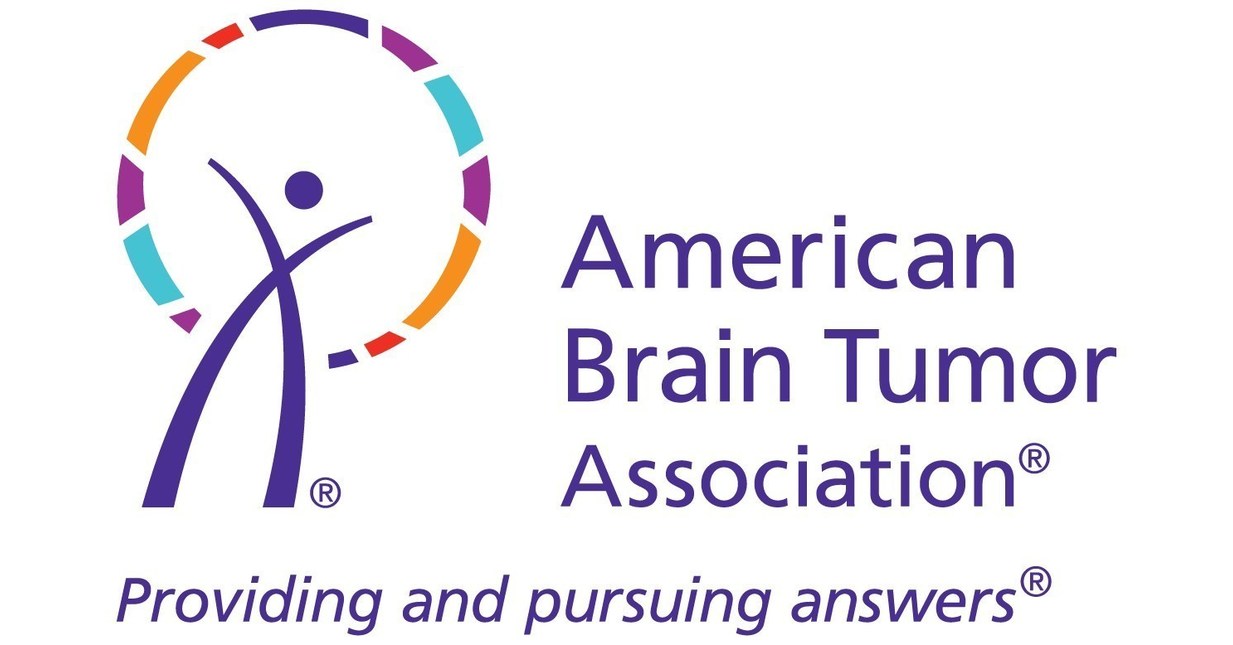A new study published in Nutrients has shown that daily 5-hydroxytryptophan (HTP) supplementation can improve older adults’ cognitive test scores and mood.
In a 12-week, randomised controlled…

A new study published in Nutrients has shown that daily 5-hydroxytryptophan (HTP) supplementation can improve older adults’ cognitive test scores and mood.
In a 12-week, randomised controlled…

A cohort of predominantly younger women with highly symptomatic post-COVID-19 sequalae (PCS), also known as long COVID, demonstrated common incidence of postural orthostatic tachycardia syndrome (POTS), according to new research published in…

Dementia is a degenerative disease that affects mental, motor, and verbal aspects of humans.1 The prevalence of dementia has rapidly increased. By 2020, more than 50 million people were diagnosed with dementia worldwide. This number…

Grants Support Innovative, High-Risk Research Aimed at Improving Diagnosis and Treatment of CNS Metastases
CHICAGO, Oct. 15, 2025 /PRNewswire/ — The Metastatic Brain Tumor…

Eptacog beta at a dose level of 225 µg/kg is safe and tolerable in patients with hemophilia A and B, according to a clinical trial analysis published in Haemophilia.
Eptacog beta, an activated recombinant human factor VII bypassing agent, was FDA…

Glucagon-like peptide-1 receptor agonists (GLP-1 RAs) have become an important therapeutic option for type 2 diabetes, with potential cardiorenal benefits. However, benefits differ depending on the type of GLP-1 RA administered and patient…

Sound waves at frequencies above the threshold for human hearing are routinely used in medical care. Also known as ultrasound, these sound waves can help clinicians diagnose and monitor disease, and can also provide first glimpses of your…